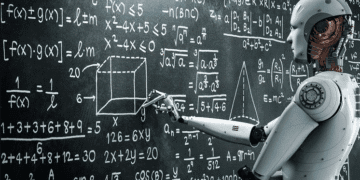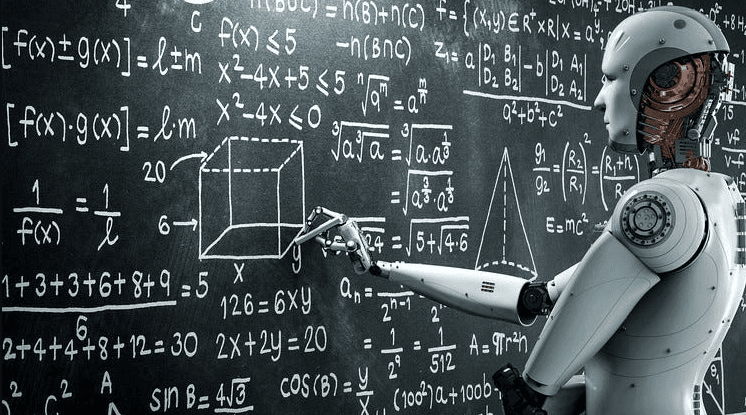Anindita Nayak
Bhubaneswar, 20 October 2025
Mathematics underpins AI, powering algorithms that enable learning, decision-making, and data analysis. Key areas like algebra, calculus, and probability/statistics are essential for processing data, optimizing algorithms, and handling uncertainty in AI systems.
AI’s evolution has closely followed advances in mathematics from early rule-based systems to modern deep learning. Symbolic AI in the 1950s-70s relied on logic, the 1980s-90s introduced statistical machine learning, and the 2000s onward saw neural networks powered by complex mathematical models, driving continuous progress in AI capabilities.
To excel in AI, mastering three core areas of mathematics-Linear Algebra, Calculus, and Probability & Statistics is essential.
Linear Algebra underpins data representation and manipulation, enabling vector and matrix operations crucial for deep learning, computer vision and NLP.
Calculus drives model optimization through derivatives, gradients and backpropagation, forming the foundation of neural network training and learning algorithms.
Probability & Statistics equip AI systems to handle uncertainty, make predictions and validate models, forming the basis for probabilistic and generative models.
Together, these mathematical disciplines enable the creation, optimization and evaluation of intelligent, data-driven AI systems.
Mathematics powers every stage of machine learning and AI from data preprocessing using linear algebra, to model training and optimization through calculus and performance evaluation with probability and statistics. It also drives algorithm development for tasks like classification, clustering, and regression across industries and research fields.
Mathematics powers real-world AI and machine learning applications across industries:
Healthcare: Linear algebra and calculus process medical images, while statistics enable disease prediction and drug discovery.
Finance: Math supports algorithmic trading, fraud detection, and credit scoring through optimization and probabilistic modeling.
Autonomous Systems: Self-driving cars use linear algebra for sensor fusion, calculus for motion control, and probability for navigation and safety.
Natural Language Processing: Linear algebra enables text embeddings, calculus aids in model training, and probability underpins language prediction and sentiment analysis.
Robotics: Calculus drives motion control, linear algebra supports pathfinding and Bayesian models handle uncertainty in dynamic environments.
Marketing: Math enables customer segmentation, recommendation systems and statistical A/B testing for campaign optimization.
Image and Video Processing: Linear algebra and calculus power feature extraction, compression, and real-time object detection.
Speech Recognition: Mathematical models like Fourier transforms, Hidden Markov Models and deep learning architectures convert speech into interpretable data.
Learning mathematics offers key advantages in AI development by strengthening problem-solving and optimization skills, building a foundation for advanced topics like deep and reinforcement learning, enhancing adaptability to new technologies and fostering creativity in designing custom algorithms and innovative solutions.




















